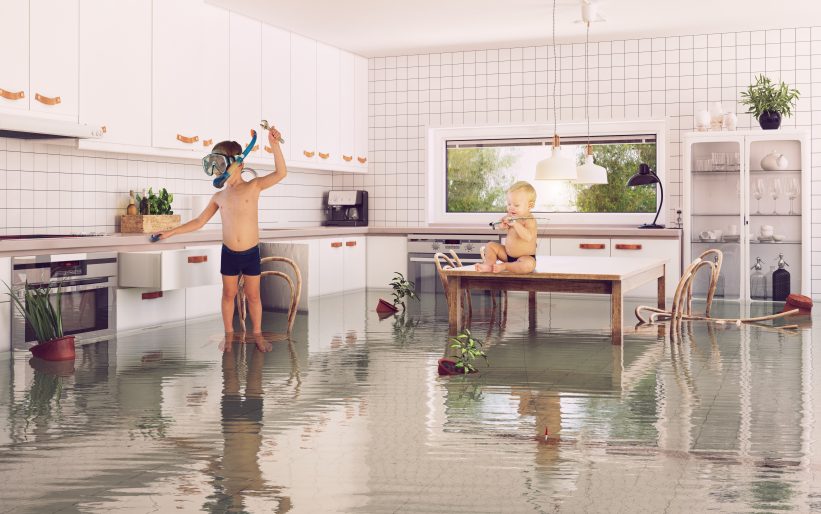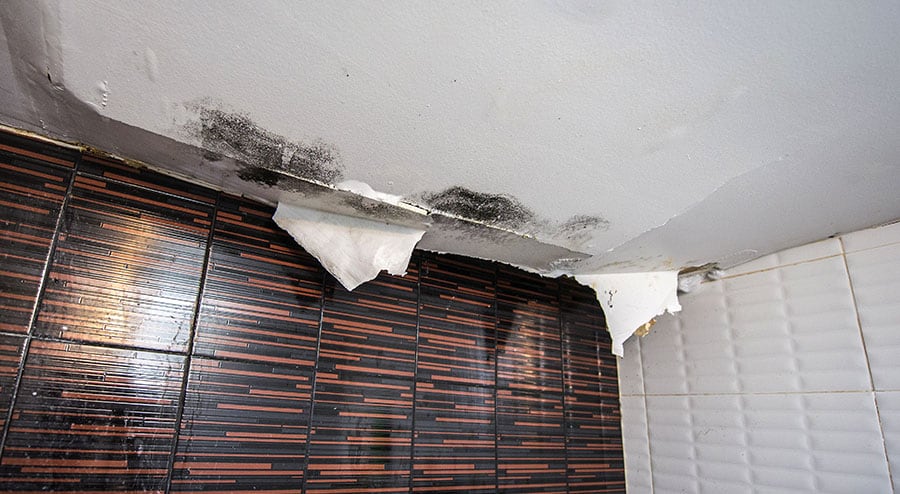On this page in the next paragraph you can discover more sensible data related to What You Can Do At Home To Prevent Fire And Water Damage.

Water provides life, but water invasion on some components where it's not expected to be can result in damage as well as aggravation. In enhancement, residences with water damages scent moldy and also old.
Water can originate from lots of sources like hurricanes, floodings, burst pipes, leakages, and also sewage system issues. It's much better to have a working expertise of safety preventative measures if you have water damage. Below are a couple of guidelines on just how to manage water damage.
Do Prioritize House Insurance Coverage Coverage
Seasonal water damages can come from floodings, seasonal rains, and also wind. There is additionally an event of an unexpected flood, whether it came from a faulty pipe that unexpectedly ruptures right into your house. To secure your house, copyright insurance policy that covers both disasters such as all-natural tragedies, as well as emergencies like broken plumbing.
Do Not Forget to Switch Off Energies
When calamity strikes as well as you're in a flood-prone area, switch off the major electric circuit. Switching off the power prevents
electric shocks when water comes in as water functions as a conductor. Don't neglect to shut off the primary water line shutoff as a means to avoid more damages.
If the floodwaters are getting high, keep your furnishings secure as they can move around and also trigger added damage.
Do Keep Proactive and also Heed Climate Signals
If you live in an area tormented by floodings, stay proactive and ready at all times. Listen to the information as well as emptying cautions if you live near a body of water like a river, lake, or creek .
Don't Overlook the Roof
Prior to the weather turns frightful and also for the even worse, do a roof assessment. A better behavior is to have a yearly roof inspection to reduce future troubles and also intricate concerns. A great roof without leaks and also holes can be an excellent guard against the rainfall as well as a device to stay clear of rainfall damages. Your roofing professional ought to care for the faulty seamless gutters or any other indicators of damage or weakening. An examination will certainly avoid water from streaming down your wall surfaces as well as saturating your ceiling.
Do Focus On Small Leakages
A burst pipe doesn't happen in a vacuum cleaner or over night. There are warnings that can attract your attention and also indicate to you some damaged pipelines in your house. Indications of red flags in your pipelines include gurgling paint, peeling wallpaper, water touches, water spots, or leaking audios behind the wall surfaces. There are signs that the pipeline will certainly rupture. If you see these indicators, do not await an escalation. Fixing as well as check your plumbing repaired before it causes huge damages to your house, finances, as well as an individual problem.
Don't Panic in Case of a Burst Pipe
Timing is crucial when it comes to water damage. If a pipe ruptureds in your home, right away shut off your primary water valve to cut off the resource as well as protect against more damages. Call a reliable water damages remediation specialist for help.
Water offers life, yet water breach on some parts where it's not meant to be can result in damages as well as trouble. In addition, residences with water damage scent old as well as musty.
Seasonal water damage can come from floodings, seasonal rainfalls, and also wind. Indicators of red flags in your pipes consist of gurgling paint, peeling wallpaper, water touches, water spots, or trickling noises behind the walls. If a pipe ruptureds in your residence, right away shut off your primary water shutoff to reduce off the source as well as avoid even more damage.
Some Do's & Don't When Dealing with a Water Damage
DO:
Make sure the water source has been eliminated. Contact a plumber if needed. Turn off circuit breakers supplying electricity to wet areas and unplug any electronics that are on wet carpet or surfaces Remove small furniture items Remove as much excess water as possible by mopping or blotting; Use WHITE towels to blot wet carpeting Wipe water from wooden furniture after removing anything on it Remove and prop up wet upholstery cushions for even drying (check for any bleeding) Pin up curtains or furniture skirts if needed Place aluminum foil, saucers or wood blocks between furniture legs and wet carpet Turn on air conditioning for maximum drying in winter and open windows in the summer Open any drawers and cabinets affected for complete drying but do not force them open Remove any valuable art objects or paintings to a safe, dry place Open any suitcases or luggage that may have been affected to dry, preferably in sunlight Hang any fur or leather goods to dry at room temperature Punch small holes in sagging ceilings to relieve trapped water (don't forget to place pans beneath!); however, if the ceiling is sagging extremely low, stay out of the room and we'll take care of it DO NOT:
Leave wet fabrics in place; dry them as soon as possible Leave books, magazines or any other colored items on wet carpets or floor Use your household vacuum to remove water Use TV's or other electronics/appliances while standing on wet carpets or floors; especially not on wet concrete floors Turn on ceiling fixtures if the ceiling is wet Turn your heat up, unless instructed otherwise

I was shown that editorial on Safety Tips To Prevent Fire And Water Damage from someone on a different web blog. Do you know somebody else who is occupied with the topic? Take a moment to promote it. Thank you so much for taking the time to read it.